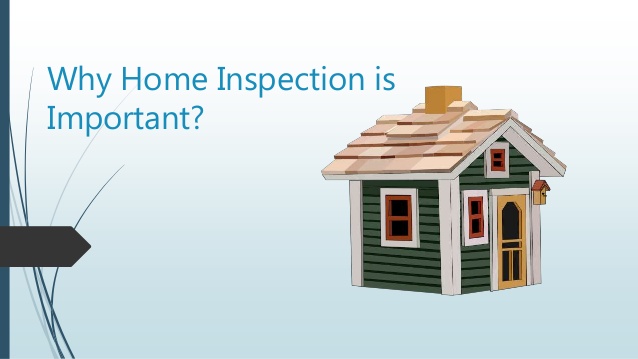
When in the process of buying or selling property, having a certified home inspection is critical to provide you confidence in your decision-making. The report generated from this inspection gives you a comprehensive, unbiased assessment of the property’s overall condition.
Let’s explore the integral sections of the reports shared by a certified home inspector reports so you can use them to make informed choices.
Structural Integrity
A home’s structural integrity forms the foundation of its livability and safety. An inspector thoroughly examines elements like the foundation, roof, floors, and walls to gauge their soundness.
Compromises here can indicate instability or possible collapse, so understanding any deficiencies is crucial. The report notes visual flaws like cracks or shifts. This arms you with knowledge of repairs needed to ensure structural durability.
Electrical Systems
The examination of electrical systems determines if they meet modern safety and functionality standards. This covers wiring, outlets, breaker panels, and fixtures.
Outdated materials or improper installations increase fire risk. The inspector tests outlets, switches, and appliances for correct operation while checking for hazards like exposed wires or overloaded circuits. You then can address any issues before moving in and prevent electrical dangers.
Plumbing Components
A certified inspection involves detailed testing of water and drainage systems. This encompasses pipes, sinks, toilets, water heaters, and more. Leaks signify the potential for water damage and mold. Inadequate water flow or pressure creates functionality issues.
Prior inspection identifies and estimates repairs for defects, allowing you to make decisions based on accurate plumbing restoration costs.
HVAC Systems
The report provides key data on heating, ventilation, and air conditioning systems related to weatherization, efficiency, and overall condition. Units with inadequate output fail to maintain comfortable temperatures.
Faulty humidity or air flow contributes to indoor air quality issues. Certified home inspectors indicate equipment ages, test functionality, and project useful life remaining. You then can determine if upgrades are needed per your comfort and budgetary needs.
Interior and Exterior Elements
The inspection and report help you gauge the home’s aesthetics, livability, and maintenance requirements inside and out. Examiners check for material defects, damage, or wear compromising appearance or safety. This encompasses walls, floors, windows, driveways, and more.
Evaluations note any repairs or renovations needed to rectify glaring visual flaws. This allows you to identify areas needing improvement to meet your lifestyle vision for the home.
Additional Report Sections
Further report segments provide you supplemental details on property elements requiring specialized testing. Examples include well water analysis outlining portability and flow rate data.
Termite inspections help you understand infestation risks. Septic system examination indicates functionality or deficits. These sections offer you additional transparency as you determine the home’s suitability.
Conclusion
A home inspection report furnishes you with a detailed, unbiased perspective of the property. It empowers you to see issues that may be obscured by untrained eyes. With the certified home inspector‘s assessments in hand, you can now confidently progress, whether renovating areas or negotiating sale terms from a position of knowledge and power. Use these pivotal insights to make the many decisions inherent in property transactions from an informed vantage point.

